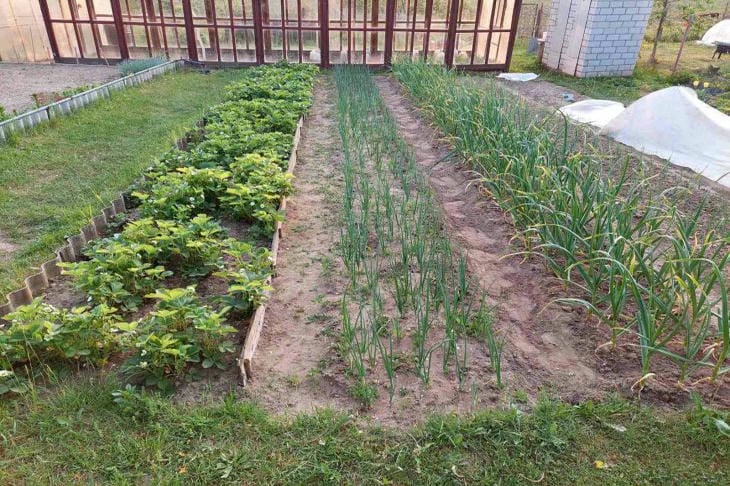Autumn soil cultivation before planting is a key stage in preparation for the new summer cottage season.
Experienced gardeners know: high-quality autumn digging of beds becomes the key to a generous harvest next year.
Natural processes in favor of autumn digging
Autumn digging of the soil starts natural processes that have a beneficial effect on the soil structure.
During winter frosts, clods of earth freeze and then thaw, becoming loose and airy. The soil is saturated with oxygen, which promotes the active development of beneficial microorganisms in the spring.
Pest control
Digging in autumn helps to significantly reduce the number of pests on the site. Insect larvae, when on the surface, die from the cold.

In addition, birds willingly peck at any pests they find, further cleaning the area.
Saving Time in Spring
The spring period requires a lot of urgent work from the gardener. Beds prepared in the fall allow you not to waste precious time digging wet soil. The soil warms up and dries faster, which makes it possible to start sowing earlier.
Improving soil structure
The soil dug up in autumn better accumulates moisture from autumn rains and melting snow. The soil becomes looser and more pliable.
Deep autumn digging helps saturate the lower layers with oxygen and nutrients.
Fertilization
Autumn digging allows for the effective introduction of organic fertilizers. Compost or humus introduced into the soil in the fall have time to partially decompose over the winter. By the beginning of spring work, nutrients become available to plant roots.
Weed control
During autumn tillage, the rhizomes of perennial weeds appear on the surface. When frozen, they lose their ability to germinate.
In spring, the gardener has less unwanted vegetation to contend with.
Accumulation of useful substances
During autumn digging, fallen leaves and plant remains fall into the soil. Over the winter, they rot, enriching the soil with organic matter. Under the influence of natural processes, plant remains turn into valuable fertilizer.
Erosion protection
Soil dug up in autumn resists erosion better. Uneven surfaces retain snow, which protects the ground from freezing and ensures uniform moisture in spring. Melt water gradually soaks into the soil, without forming streams on the surface.
Correct technique for autumn digging
An important aspect is the depth of soil cultivation. The optimal digging depth is 20-25 centimeters. In this case, the type of soil and planned plantings should be taken into account. Loose sandy soils can be dug to a shallower depth than heavy clay soils.
Efficiency of spring work
After autumn digging, spring soil cultivation becomes easier. It is enough to carry out surface loosening to prepare the beds for sowing. The soil reaches the optimum temperature for seed germination faster.
Natural fertilizer
Snow that falls on dug soil brings additional benefits. It contains nitrogen, which penetrates the soil when melting. Such natural fertilizer has a positive effect on the development of plants in the new season.
For reference
A garden bed is a narrow strip of loosened or otherwise processed soil in a vegetable garden or orchard, separated from neighboring ones by furrows or paths, intended for growing vegetable or fruit plants on it.








